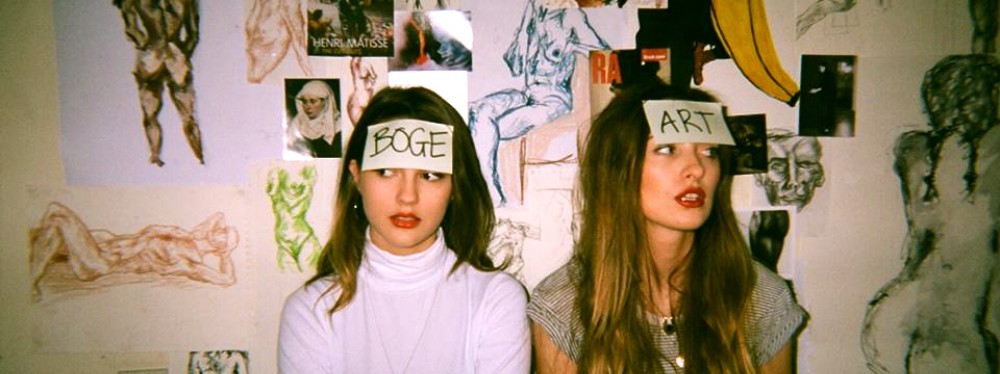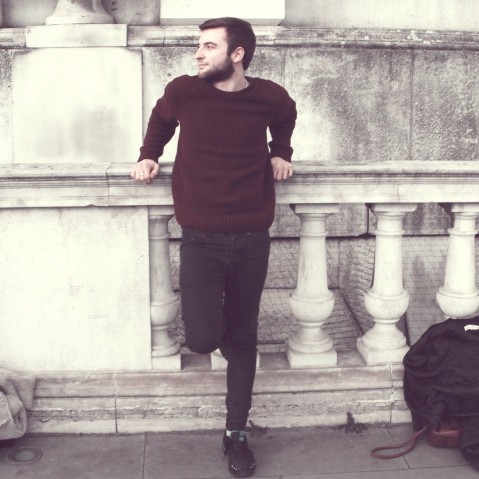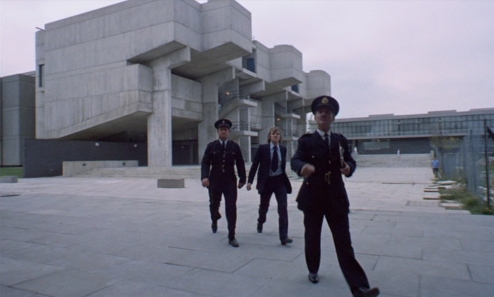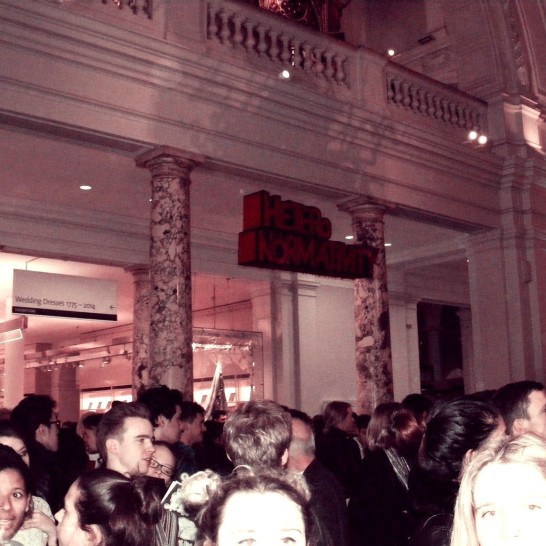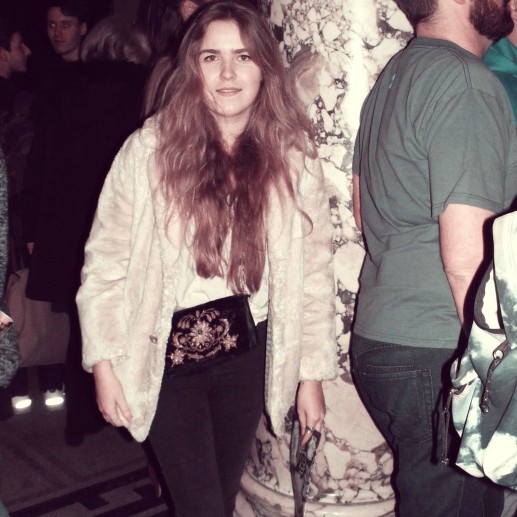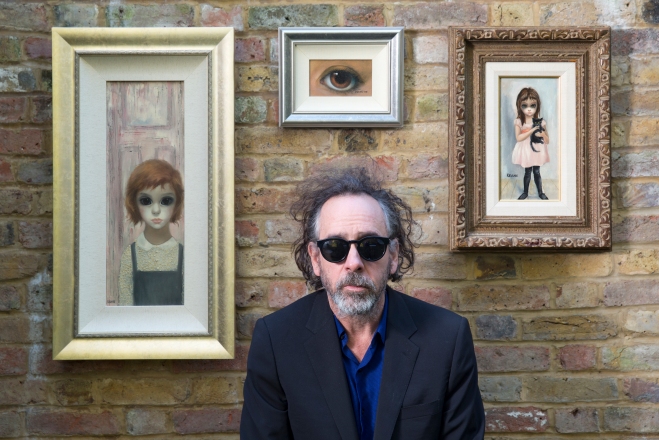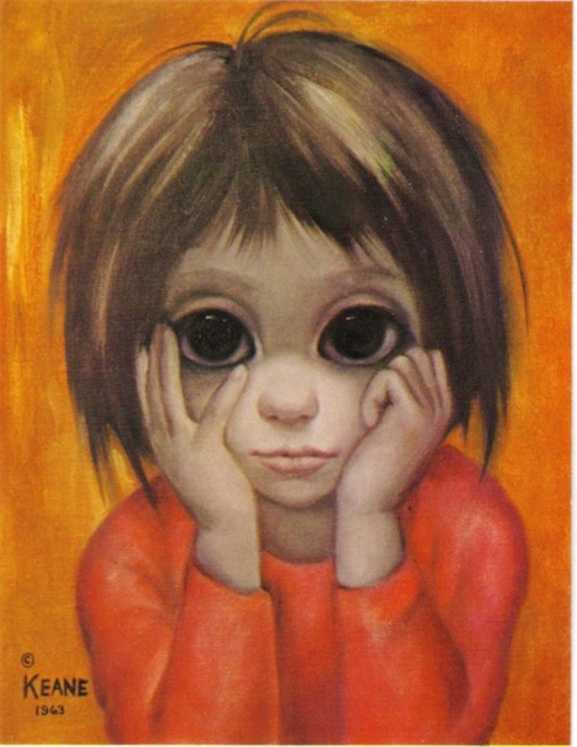Beards. Like ‘em, love ‘em or hate ‘em, Somerset house is bringing them to us in everyshape, size and colour. Only open for the month, BEARD is an exhibition showing a series of photographs taken by award winning photographer Mr Elbank. Elbank’s concept originated as a collaboration with his friend Jimmy Niggles, who is behind the charity Beard Season, which raises skin cancer awareness by encouraging men to grow beards.
The beards on show belong to the old, young, male and female. It largely addresses the beard as a trend/fashion statement/self-expression, with many of the subjects displaying other conscious fashion ‘statements’ in their appearance, such as tattoos, unusual hairstyles and bold clothing. They mention how beards have been ‘scorned, mocked, celebrated and legislated against. Worn by kings and warriors, radicals and revolutionaries they have symbolised power and intimidation or individuality and defiance’; but the images on display are firmly rooted in the 21st century (some of the subjects were found via Instagram) and the focus is on self-image.
The beard is a distinct look, and today one would assume to have a beard is more of a conscious effort than to not, but how did this begin? In a time before grooming (at least to the degree that we know it) surely having a beard must have been the norm for the male gender, as would long hair and pubic hair, it is only in recent history that is has become otherwise. Surely not shaving is more natural than shaving? Regardless, today clean shaven is common and beards have become distinct, and, as these photos show, one can experiment with them just as much as we can the hair on our heads.
The beard is a signifier of many things. Perhaps the most obvious one is masculinity. Women cannot grow beards. Beards are an outward extension of the body, like a penis. The bigger/stronger the beard, the more masculine you are. This exhibition showcases many beards of all shapes and sizes to illustrate a variety of masculinity, as would an exhibition of penis photographs. Mr Elbank draws attention to the usual phallic qualities of the beard, by the inclusion of a portrait of a drag queen sporting a strong beard and a female (The British lady Harnaam Kaur) who has grown one of the more competitive beards in the show. Surprisingly the portrait image of the woman manages to avoid having a circus vibe, instead she blends in quite well as one of the more beautiful bearded specimens to be photographed.
Whilst the beard is a symbol of masculinity, many of the ones displayed are so carefully thought through and groomed that they have gone past the point of masculinity and are verging on the point of feminine. Many of the beards photographed are more metrosexual than manly, and I think the exhibition manages to touch on the changing gender boundaries of the 21st century. What it means to be ‘male’ or ‘female’ is something that is constantly challenged today, with homosexuality, transvestites and transgenderism being accepted on a growing scale. What is expected of us, because of our gender, is, thankfully, losing its rigidity.
In addition the beard, to a modern viewer, has many connotations unrelated to gender. To what many are calling the ‘me-generation’, individuality and distinctiveness are central; and beards, no matter how common they are right now, remain distinctive. Beards can be a strong and bold fashion statement, but if the masses make strong and bold fashion statements, what are we left with? Right now beards seem particularly fashionable, and they do not rely on ‘god-given’ facial features to be successful, unlike the clean shaven look. All they require is testosterone.
Theoretically it is an accessible trend (although I’m sure many of my male peers who struggle in the facial hair department would disagree), and if it can make the average male face a little more exciting its popularity is understandable. Many members of the older generation seem to find it a rather scruffy trend, but this is a very shallow association. Throughout history the beard has meant very different things, but I think the most relevant, and perhaps interesting, to the ‘me-generation’ would be its role as a symbol of anti-establishment. Not only do quirky beards feel like a stance against the systematic and faceless corporations that have defined economic life, but they have a place in anti-capitalist history. Karl Marx was identified by his thick dark beard and moustache; his writing partner Friedrich Engels held a ‘moustache evening’ with his peers in opposition to clean shaven bourgeois ‘philistinism’; and Che Guevara, fashion’s favourite communist, sported his signature facial hair. Note how only the trendy communists (China is not known for its facial hair) sported the beard.
Self-image, especially in regards to the subjects of this exhibition, is a curation. The upkeep and grooming of the beards photographed requires commitment, as the grooming guide in the brochure explains, and I am confident that each person photographed is conscious about how they want to be perceived. Then again how can they not be when they are posing for a photograph? I doubt that any of them are consciously thinking about masculinity, anti-capitalism or Che Guevara every time they reach for the clippers, but the beard does imply all of these things. But some vein of these implications is present when a man (or woman) is curating their self-image, even if they just like the ‘look’ of beards.
Two qualities of the beard as an image I feel are not addressed by these photos (perhaps hinted at, but only by default) are the concepts of disguise and religion. Beards can be a disguise, as they prevent us from knowing the beard owners facial features exactly. There is an insincerity to them, the owner might be hiding something underneath the mass of hair. Beards have lots of religious connections, they’re an integral part of some religious practise, but ‘hair and religion’ would need its own exhibition, probably a bigger one than BEARD, and I’m beginning to think I’ve already taken too much from what is essentially a trendy charity exhibition.
Olly, 20, French and German student
Why do you think the beard is so popular right now?
‘We all want to be unique- just like everyone else’
Isabella Bornholt; BogeArt
